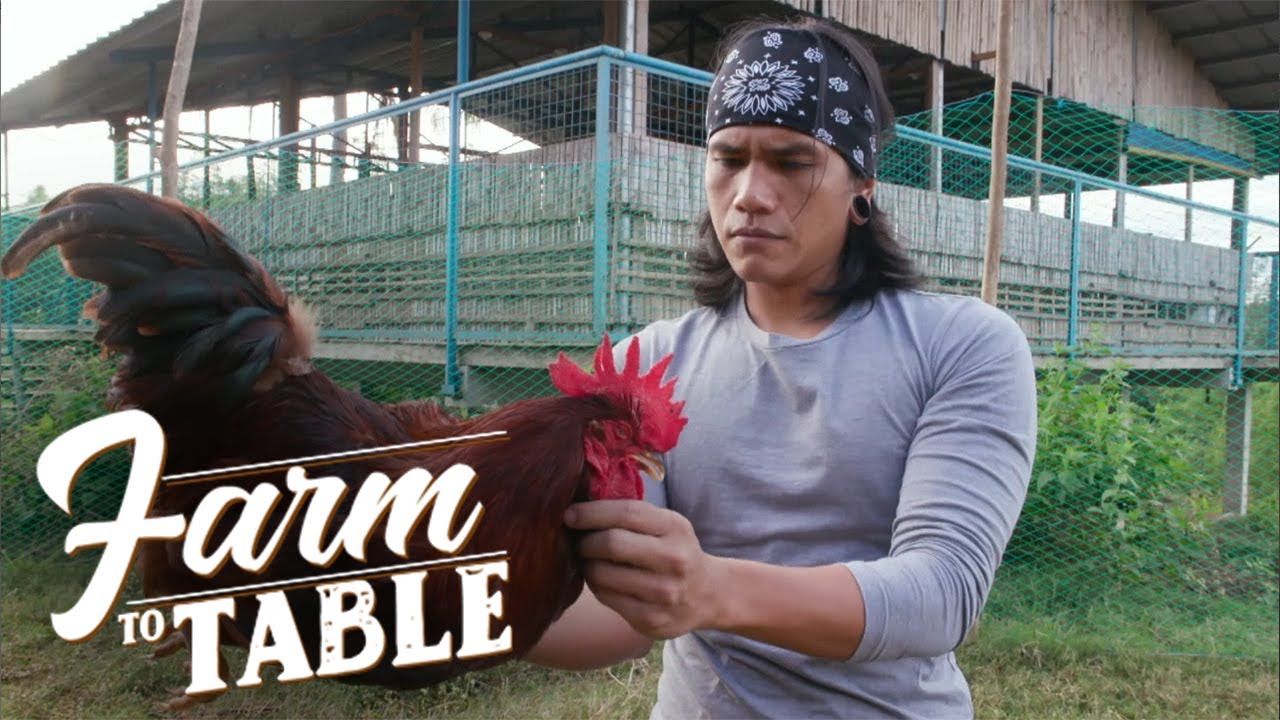Introduction to Rhode Island Red chicks
Rhode Island Red chicks are a popular breed of chicken known for their hardiness, productivity, and pleasant temperament. These chicks grow up to be excellent layers of large brown eggs, making them a favorite among backyard poultry enthusiasts. Proper care right from the start is crucial to ensure the health and well-being of Rhode Island Red chicks. This article provides a comprehensive guide on the steps to properly care for these adorable chicks.
Acquiring the right supplies and equipment
Before bringing home Rhode Island Red chicks, it is important to gather all the necessary supplies and equipment. This includes a brooder box or a large container, such as a plastic tub or a cardboard box, to house the chicks. Other essential supplies include a heat source, such as a heat lamp or a brooder plate, a thermometer, bedding material like pine shavings or straw, a chick feeder, a chick waterer, and a secure lid or mesh covering to prevent escapes and protect the chicks from predators.
Creating a suitable brooder environment
Creating a suitable brooder environment is crucial for the well-being of Rhode Island Red chicks. The brooder box should be placed in a clean and draft-free area, away from direct sunlight or extreme temperatures. Line the bottom of the brooder with bedding material to provide comfort and absorb moisture. Ensure that the brooder is spacious enough to allow the chicks to move around freely while also preventing overcrowding. Adjust the height of the heat source according to the temperature requirements of the chicks.
Providing the right feed for Rhode Island Red chicks
Rhode Island Red chicks require a nutritionally balanced diet for optimal growth and development. Feed them a commercial chick starter feed specifically formulated for their needs. The starter feed should contain essential nutrients like protein, vitamins, and minerals to support healthy bone and feather development. Avoid feeding them adult chicken feed or treats intended for mature birds, as these may not meet the nutritional requirements of growing chicks.
Ensuring a consistent supply of clean water
Water is essential for the health and well-being of Rhode Island Red chicks. Provide them with a clean and shallow chick waterer filled with fresh water at all times. Regularly check the waterer to ensure it is free from debris and replenish the water as needed. It is crucial to regularly clean and sanitize the waterer to prevent the spread of bacteria and diseases.
Maintaining the ideal temperature and humidity levels
Proper temperature and humidity levels are crucial for the survival and growth of Rhode Island Red chicks. During the first week, maintain a brooder temperature of around 95°F (35°C) and gradually reduce it by 5°F (2.8°C) each week until reaching the ambient temperature. Use a thermometer to monitor the temperature inside the brooder. Additionally, ensure the brooder has adequate ventilation to prevent humidity buildup, but avoid drafts that can cause chilling.
Handling and socializing Rhode Island Red chicks
Handling and socializing Rhode Island Red chicks from an early age helps to build trust and establish a bond with them. Gently pick up the chicks and hold them close to your body, ensuring they feel secure. Make sure to wash your hands before and after handling chicks to prevent the transmission of any potential diseases. Gradually introduce the chicks to different sounds, voices, and gentle interactions to help them become accustomed to human contact.
Monitoring health and identifying common issues
Regularly monitoring the health of Rhode Island Red chicks is crucial to catch any potential issues early on. Observe their behavior, appetite, and droppings daily. Healthy chicks should be active, have a good appetite, and produce solid droppings. Look out for signs of illness such as lethargy, loss of appetite, diarrhea, or abnormal breathing. If any health issues are observed, consult a veterinarian who is knowledgeable about poultry.
Implementing a proper vaccination schedule
Vaccinations play a vital role in protecting Rhode Island Red chicks against common poultry diseases. Consult with a veterinarian to determine the appropriate vaccination schedule for your chicks and obtain the necessary vaccines. Common vaccines for chicks include Marek’s disease, infectious bursal disease, and Newcastle disease. Follow the recommended vaccination protocol to ensure their immune system is adequately protected.
Gradually introducing Rhode Island Red chicks to the outdoors
When the Rhode Island Red chicks reach around six weeks of age and the weather is suitable, they can be gradually introduced to the outdoors. This process, known as "hardening off," helps them acclimate to the outdoor environment. Start by allowing supervised outdoor time for short periods during the day, gradually increasing the duration. Ensure they have access to a safe and secure outdoor area protected from predators and adverse weather conditions.
Transitioning from starter to grower feed
Around six to eight weeks of age, Rhode Island Red chicks should be transitioned from starter feed to grower feed. Grower feed has a slightly lower protein content than starter feed, as the chicks’ growth rate slows down. Gradually mix the starter and grower feed together over a period of one to two weeks, gradually reducing the proportion of starter feed until they are solely on grower feed. This transition ensures their nutritional needs are met as they continue to mature.
Preparing Rhode Island Red chicks for the coop
When the Rhode Island Red chicks are around eight to ten weeks old and fully feathered, they can be transitioned to their permanent coop. The coop should be secure, predator-proof, and well-ventilated. Provide roosting bars, nesting boxes, and suitable bedding material. Gradually introduce the chicks to their new surroundings by allowing supervised visits to the coop during the day, gradually increasing the duration until they are ready to spend nights in the coop. Monitor their behavior and make any necessary adjustments to ensure their comfort and safety.





